

CarExpert.com.au
Model range deep-dive: Mahindra's SUV family
4 Days Ago
Jeep's CEO has left the door open for the installation of its new inline-six engine in the Grand Cherokee, but diesel is still off the table.

News Editor
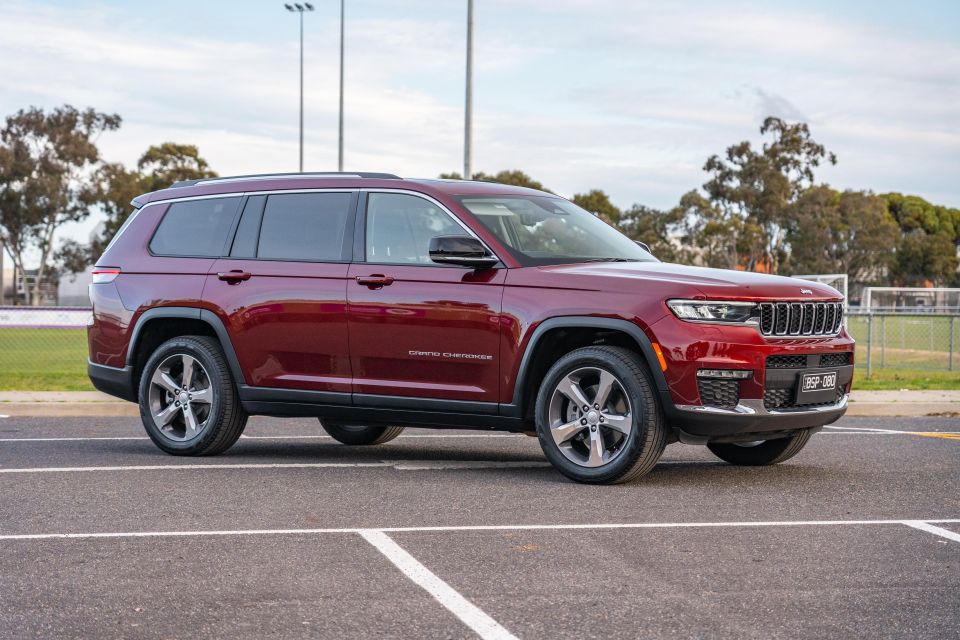

News Editor
The new WL Grand Cherokee can be engineered to accept Jeep’s new inline six-cylinder petrol engines, the company’s CEO has confirmed.
“That’s feasible. That is a question of priority and potential business case,” Jeep CEO Christian Meunier told CarExpert when asked whether the Hurricane six could be introduced as an up-level engine in the Grand Cherokee range, noting there are not many vehicles where this engine would be a logical fit.
Currently, the Grand Cherokee is offered in Australia only in three-row L guise and exclusively with Jeep’s venerable Pentastar 3.6-litre naturally-aspirated petrol V6. The two-row version is due here in the first quarter of 2023.
From there, the Grand Cherokee 4xe variant with a turbocharged four-cylinder plug-in hybrid (PHEV) powertrain is set for local launch before the middle of 2023.

Officially known as the GME-T6, the new twin-turbocharged 3.0-litre inline-six shares its bore, stroke and cylinder spacing with the GME-T4 turbocharged 2.0-litre four offered in models like the Cherokee and Wrangler overseas.
The Hurricane six will initially be available in either a Standard Output tune with at least 298kW of power and 610Nm of torque, while the High Output has at least 373kW and 644Nm.
These outputs vary depending on the model. The engine debuted this year in the Wagoneer L and Grand Wagoneer L, and subsequent applications have yet to be confirmed.
Stellantis has, however, confirmed a plug-in hybrid version is coming.
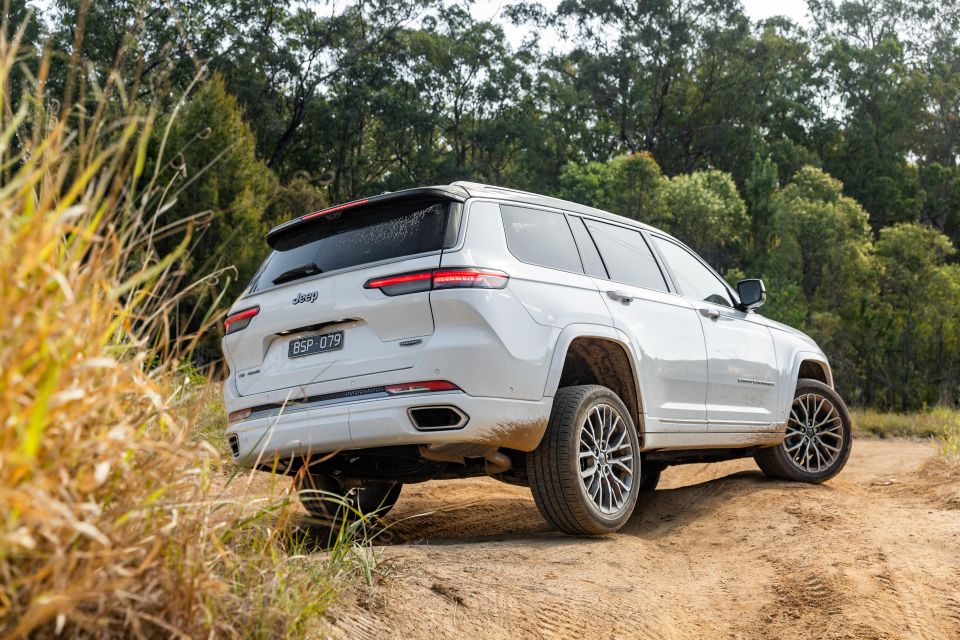
Regardless of tune, it’s a big jump from the Pentastar’s 210kW and 344Nm.
Jeep hasn’t announced plans to introduce the naturally-aspirated 5.7-litre petrol V8 engine, which had been offered in the previous WK2 series and still serves an up-level engine in the North American line-up.
While a 6.4-litre V8 was recently introduced in the North American Wrangler line-up, Stellantis has been whittling down the number of V8 options it offers.
The Chrysler 300, Dodge Charger and Dodge Challenger will end production in 2023, while the WL Grand Cherokee doesn’t offer SRT and Trackhawk variants like the WK2, which packed 6.4-litre and supercharged 6.2-litre V8 engines, respectively.
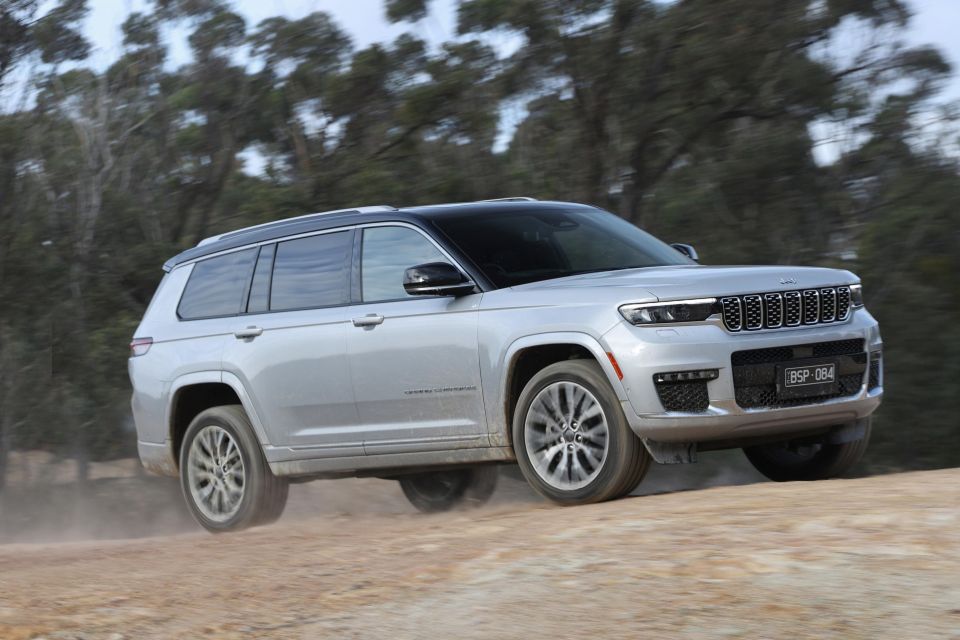
Mr Meunier said the V8 volume in Australia was not very big for the Grand Cherokee, while the defunct turbo-diesel accounted for around 30 per cent of sales.
The turbo-diesel engine option is dead globally in the Grand Cherokee as Stellantis moves away from diesel engines, dropping them from the Maserati line-up and trimming the number of oil-burner options across the Jeep and Ram ranges.
“In this segment I’m told diesel… it’s what we need. If we don’t have diesel, we can’t sell,” Mr Meunier said.
“I don’t believe this stuff. The market is going to evolve, right? Because diesel is going to go away. Diesel is going to die.
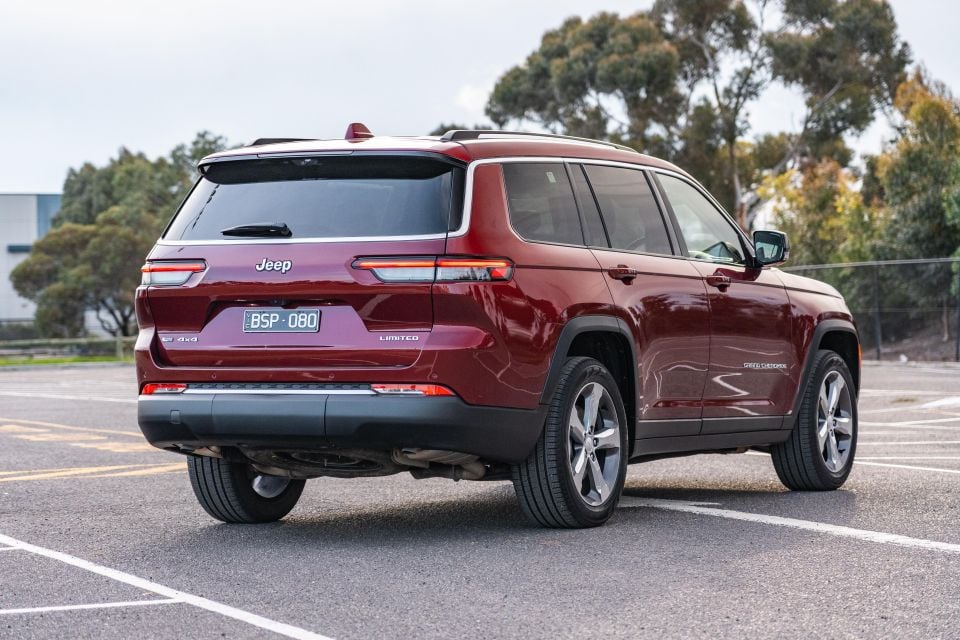
“It’s going to die in Europe. And because the big volume was coming from Europe and the European manufacturers were really, really promoting diesel.”
Mr Meunier said he sees plug-in hybrids as a good bridge in markets like Australia until there’s infrastructure more supportive of full electric vehicles.
While Jeep has only confirmed the Grand Cherokee 4xe for Australia for now, it offers plug-in hybrid versions of the Renegade, Compass and Wrangler in other markets.
It also plans to introduce plug-in hybrid versions of the Gladiator, Wagoneer and Grand Wagoneer.
Where expert car reviews meet expert car buying – CarExpert gives you trusted advice, personalised service and real savings on your next new car.
William Stopford is an automotive journalist based in Brisbane, Australia. William is a Business/Journalism graduate from the Queensland University of Technology who loves to travel, briefly lived in the US, and has a particular interest in the American car industry.


CarExpert.com.au
4 Days Ago
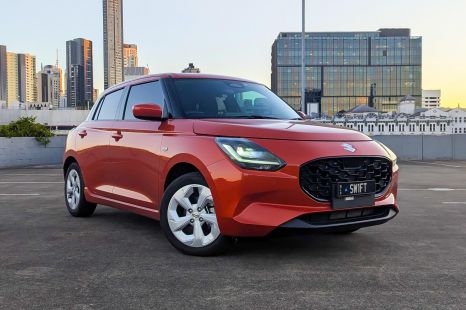

William Stopford
3 Days Ago


Max Davies
2 Days Ago


Josh Nevett
1 Day Ago


William Stopford
21 Hours Ago
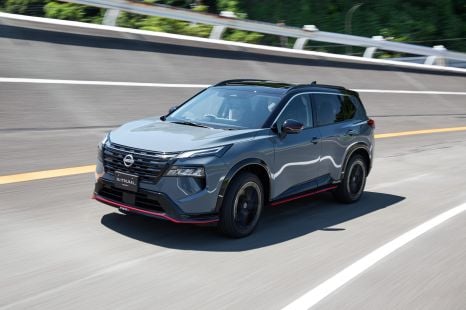

William Stopford
21 Hours Ago